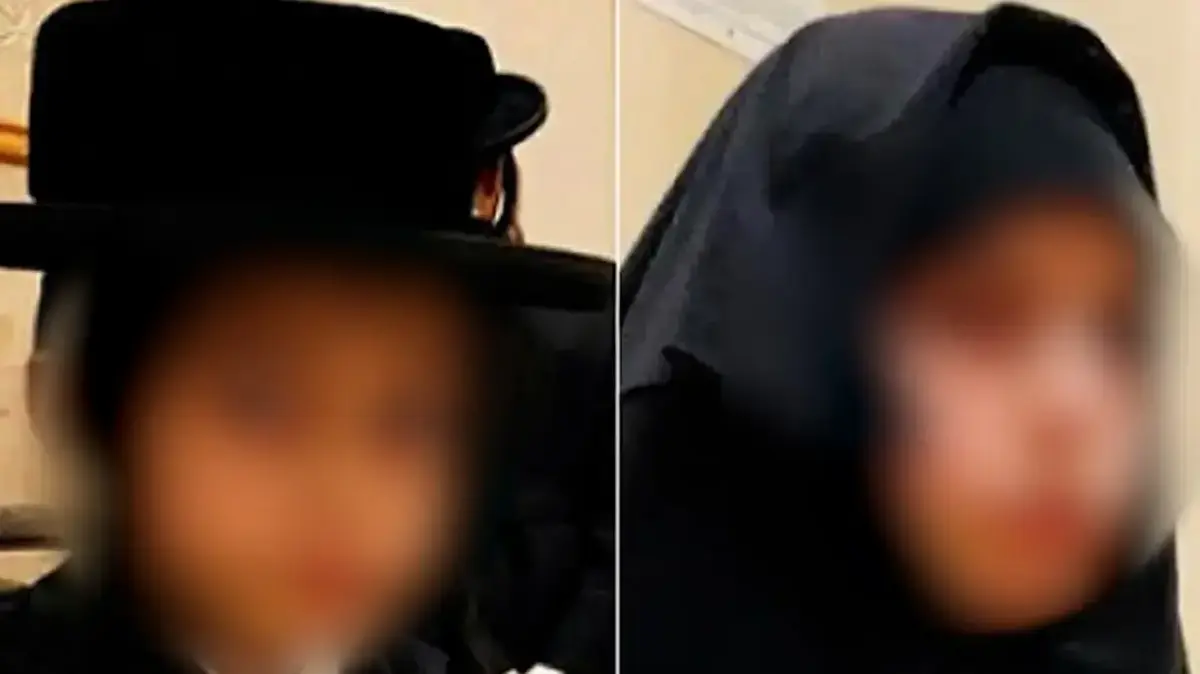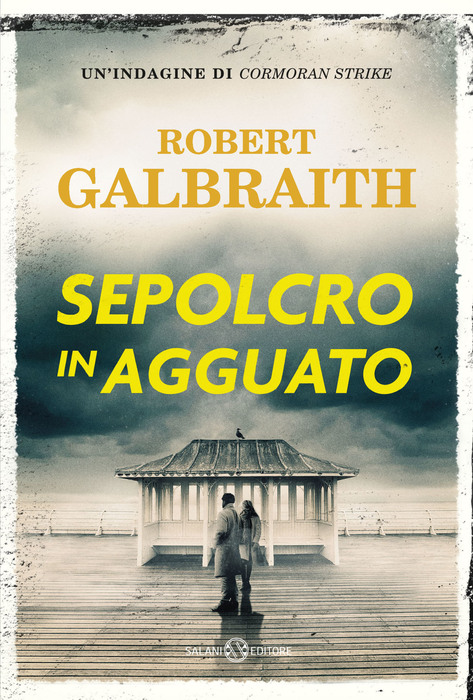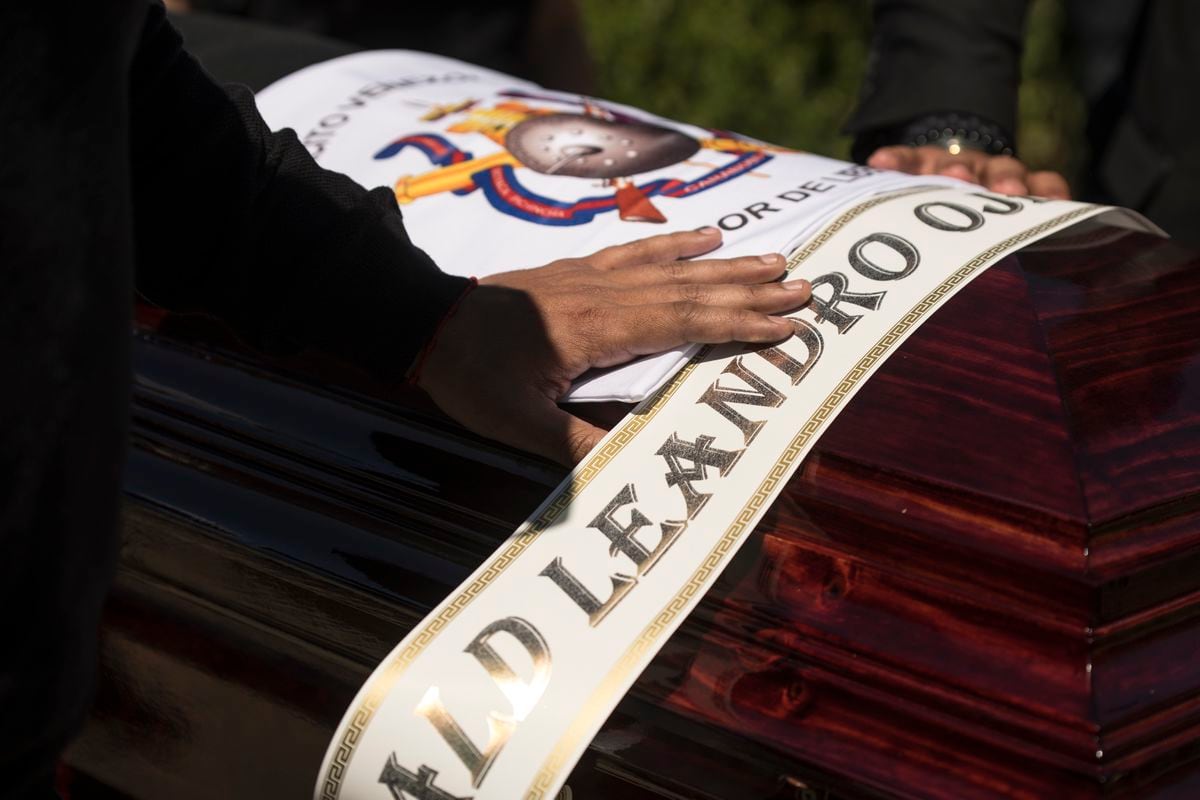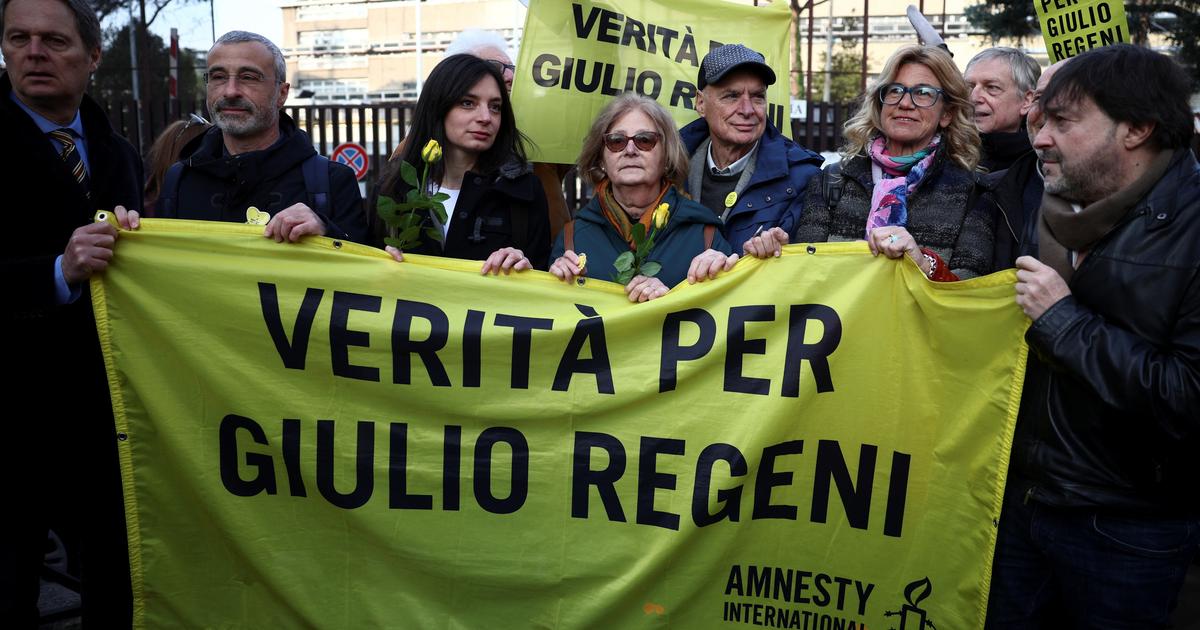Tragedies have not spared the podiums.
Some still have a scent of enigma.
This is the case of the death of Katoucha, star muse of Saint Laurent in the 1980s, found drowned in the Seine in 2008. The investigation concluded that the accident, but for his family, who do not rule out the homicide thesis, doubts remain as to the circumstances of his death.
If in
Meurtres Haute Couture
the chapters follow each other and are not alike, they all have one thing in common: a very prominent name on the luxury scene.
The title, with Polarian echoes, suggests that here the place is given to affairs that taste of blood (and ashes), distinguishing them from the many drug scandals and provocative outings that have marred the fashion world in recent decades. .
Articulated around nine facts, the book looks back on these criminal cases that have hit the headlines.
Some are still in the hands of justice, others, over time, have been erased from memory.
We learn or rediscover details, such as when it comes to the kidnapping of designer Calvin Klein's daughter in 1978, and her deafening silence on this subject ever since.
From the sectarian regimentation of the Vuarnet family, partly decimated by the Sect of the Order of the Solar Temple on a snow-covered plateau in the Vercors.
Or the assassination of the London clothing designer, Ossie Clark, by his lover, in 1996. Dark stories that unfold from the pen of fashion journalists Astrid Faguer and Maud Gabrielson, accustomed to narrating the flamboyant face of the middle of the fashion, and at the same time,
passionate about various facts.
It is moreover this discrepancy between this interior with artificial appearances and real life overtaken by tragedy that sealed the idea of the book.
Miss Figaro.
- When you're used to covering fashion shows, how do you get into this dark side of the fashion world, renowned for its control?
Maud Gabrielson.
-
Our entries were facilitated by our network, by our job as a journalist.
We were able to easily contact the fashion houses to have the interlocutors.
As for the families of the concerned, we went to the nerve.
On some cases, it was more delicate, we came up against refusal to speak.
Calvin Klein, for example, did not want to return to the kidnapping of his daughter Marcy, which was too traumatic for him.
His daughter is now a producer of the show "Saturday Night Live" in New York, but she too did not respond to our interview requests.
Astrid Faguer.
By mixing the brands with the various facts, one would have expected that the doors would close, but that was not the case.
Are you scrutinizing the assassination of Maurizio Gucci commissioned by Patrizia Reggiani, which was the subject of a film adaptation in 2021. In this specific case, is everyone talking to you?
Maud Gabrielson.
-
The release of
House of Gucci
made our investigative work easier, as the family did not agree with what the film was about.
For her, it was not her truth.
When we contacted them, our questions came at the right time.
Astrid Faguer.
-
The Gucci house has opened its archives to lend clothes and accessories.
On the other hand, Allegra Gucci, the daughter of Maurizio Gucci and Patricia Reggiani, explained to us that she had not been consulted, when she would have liked to be included in the script.
Several passages were not treated in the film, like the lawsuit, the fact that Patricia Reggiani had a brain tumor and that it was the line of defense of the lawyers.
There are even misleading details.
At the end of the film we only see one girl, we wonder why they didn't put the two, Alessandra and Allegra Gucci.
Several cases that you deal with end up being dismissed. Why did you take a look at these investigations which leave a taste of unfinished business?
Astrid Faguer.
-
Our job was to put into perspective all these elements that we had gathered so that the reader can form an opinion.
For example, in the Katoucha case, there are really two clans that emerge.
There are those who think it's strange because she received death threats, then she disappeared;
the family is convinced that it was not a natural death.
And there are those who are very pragmatic, who tell themselves that she lived on a barge, that she couldn't swim, that she drank, that she fell and drowned, period.
We rediscover forgotten assassinations, such as those of Ossie Clark, star designer of London in the 1960s, and Marie-Josée Saint-Antoine, model destined for a career as a supermodel in the 1980s.
Maud Gabrielson.
-
These are criminal cases, and also stories that tell what fashion was at that time and how it impacted society.
It just so happens that Ossie Clark, in 1960s London, was at the heart of where it all happened.
Fashion changed a lot during this period.
Before ending up isolated in social housing, and without money, this creator was a rock star, he rubbed shoulders with the Beatles and the Rolling Stones.
Unfortunately, he did not know how to surround himself, and fell in love with a young man who ended up killing him.
With Marie-Josée Saint-Antoine, we realized that she could have had a very great career like Claudia Schiffer.
She was there at the right time, at the right time, she was starting to do well, making covers, she had this look in vogue in the 1980s:
How did the brands associated with these cases subsequently manage their image?
Maud Gabrielson.
-
If we take the Calvin Klein case, we see that when his daughter was kidnapped in 1978, he was very well known, but not so much for his fashion, which had nothing to do with worship.
He went out a lot, he was a public figure, people knew him as someone of the night.
And when her daughter's kidnapping was reported everywhere in the American press, sales of jeans, launched the day of the kidnapping, soared.
During the trial, one of the kidnappers' line of defense was even to say that Calvin Klein was in on it.
Astrid Faguer.
-
On the other hand, in the Vuarnet affair, which took place in two stages, the last of which was the macabre discovery, in 1995 in the Vercors, of two members of the Vuarnet family in the charred bodies associated with the sect of the Order of the Solar Temple, it was different.
Very quickly, the rest of the family said they wanted to dissociate the news item from the name of the company, no doubt aware here of the bad buzz that the affair could have caused.
Full screen
Seguier Haute Couture Murders
Haute couture murders,
by Astrid Faguer and Maud Gabrielson, ed.
Seguier, October 2022.















